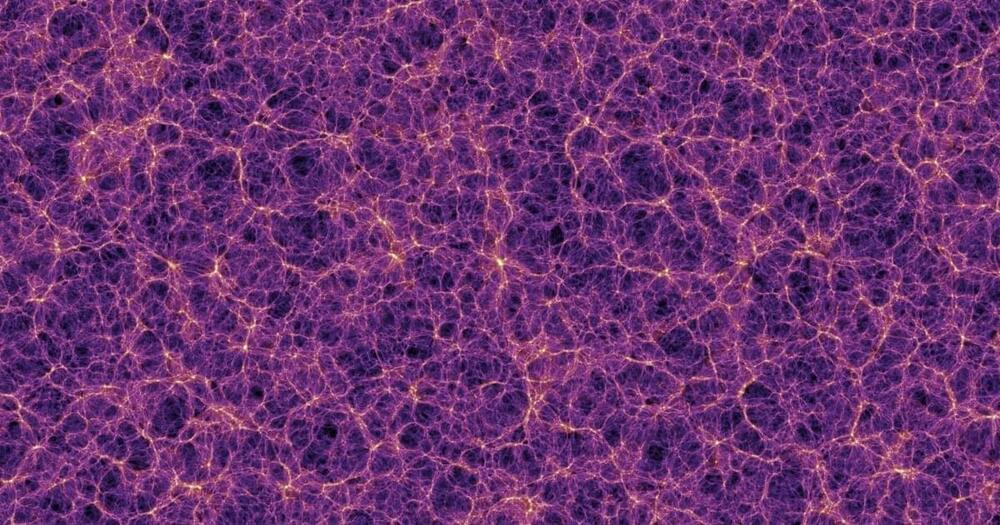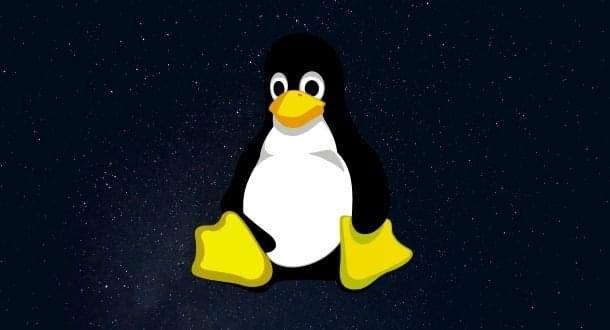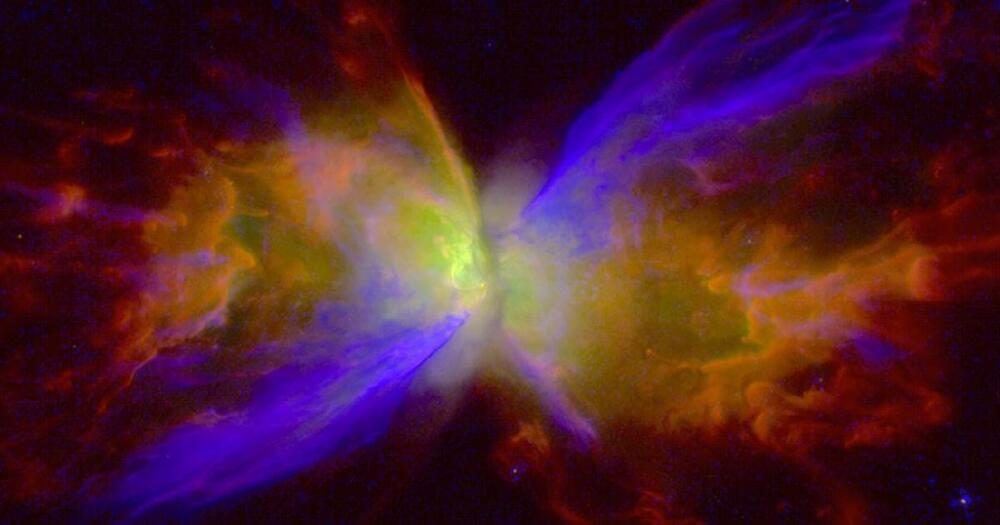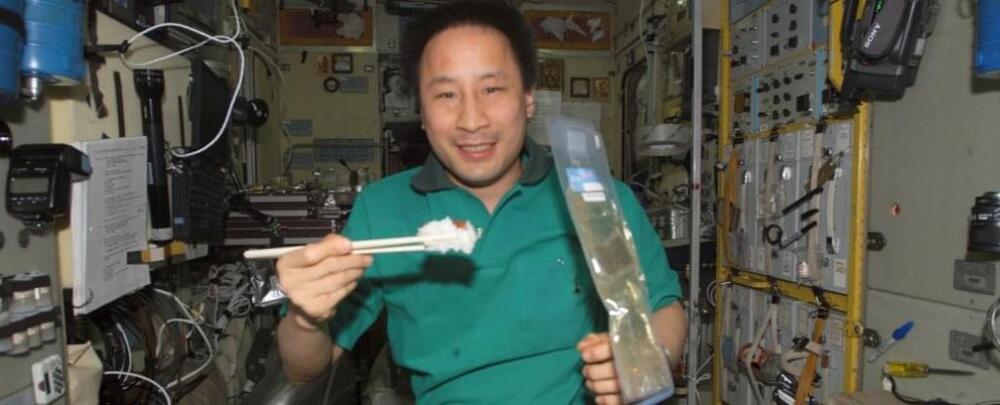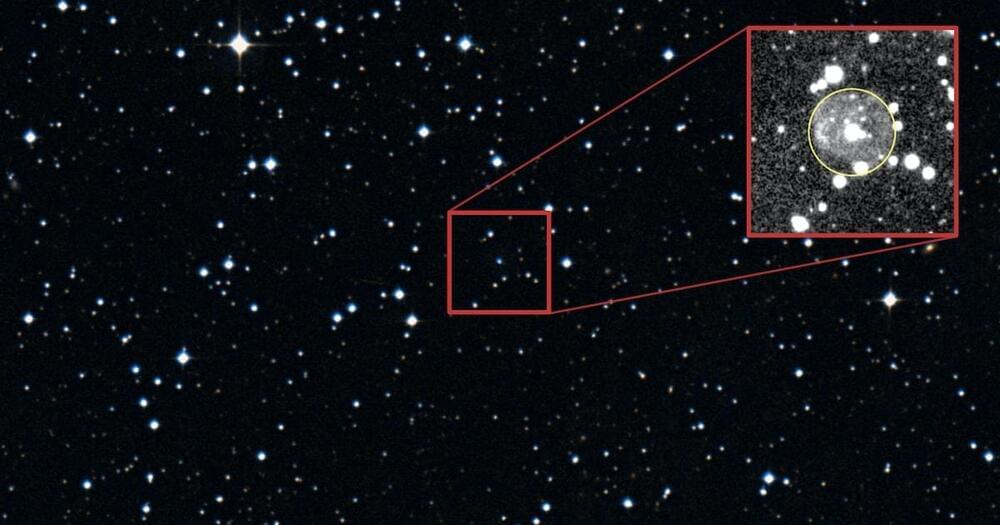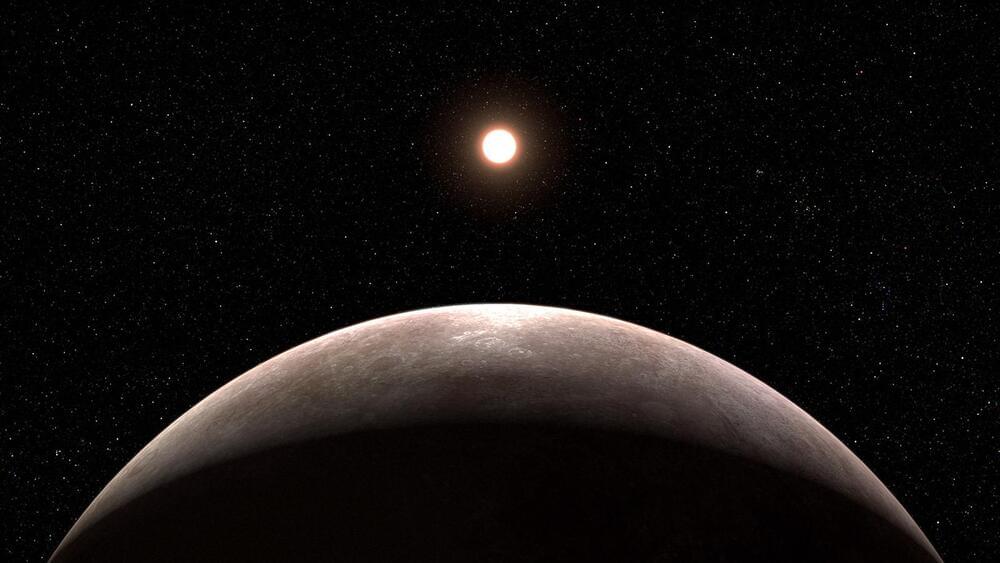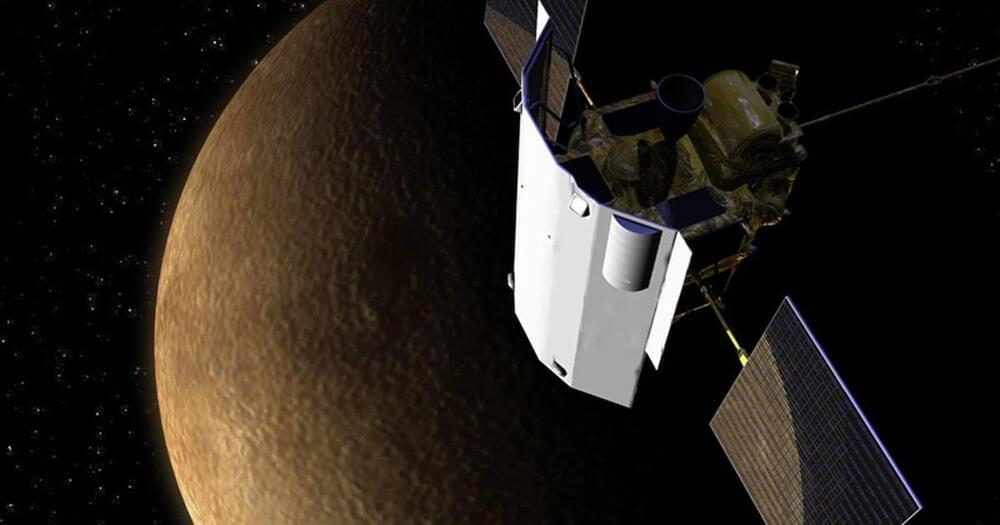
Anyone who has visited the small island of Venice, full of its romantic canals and pedestrian paths with abrupt dead ends aplenty, knows that distance does not always go hand in hand with navigational ease. Fifteen years ago, NASA performed one of its most complex navigational routes to reach the Solar System’s smallest planet: Mercury. The MESSENGER mission made its first flyby of Mercury 15 years ago today, January 14, 2008, with two more flybys of the planet after, with NASA finally inserting it into orbit on April 4, 2011.
Between its launch on April 3, 2004, at Cape Canaveral and its orbital insertion in 2011, MESSENGER had a total of six flybys of Earth, Venus, and Mercury. However, these weren’t just passive flybys; they were gravitational assists. Sean Solomon, the principal investigator of the MESSENGER mission and former director / current adjunct senior research scientist at Columbia University’s Lamont-Doherty Earth Observatory, tells Inverse that the challenge isn’t so much getting to Mercury, but getting into orbit.
“By celestial mechanics, if you send a spacecraft in towards the Sun and gain speed from the gravitational well of the Sun without slowing down en route, the speed is about 10 km/s,” Solomon explains. “That’s too fast to do an orbital insertion with a propulsive burn using any conventional propulsion system that you can carry.”


